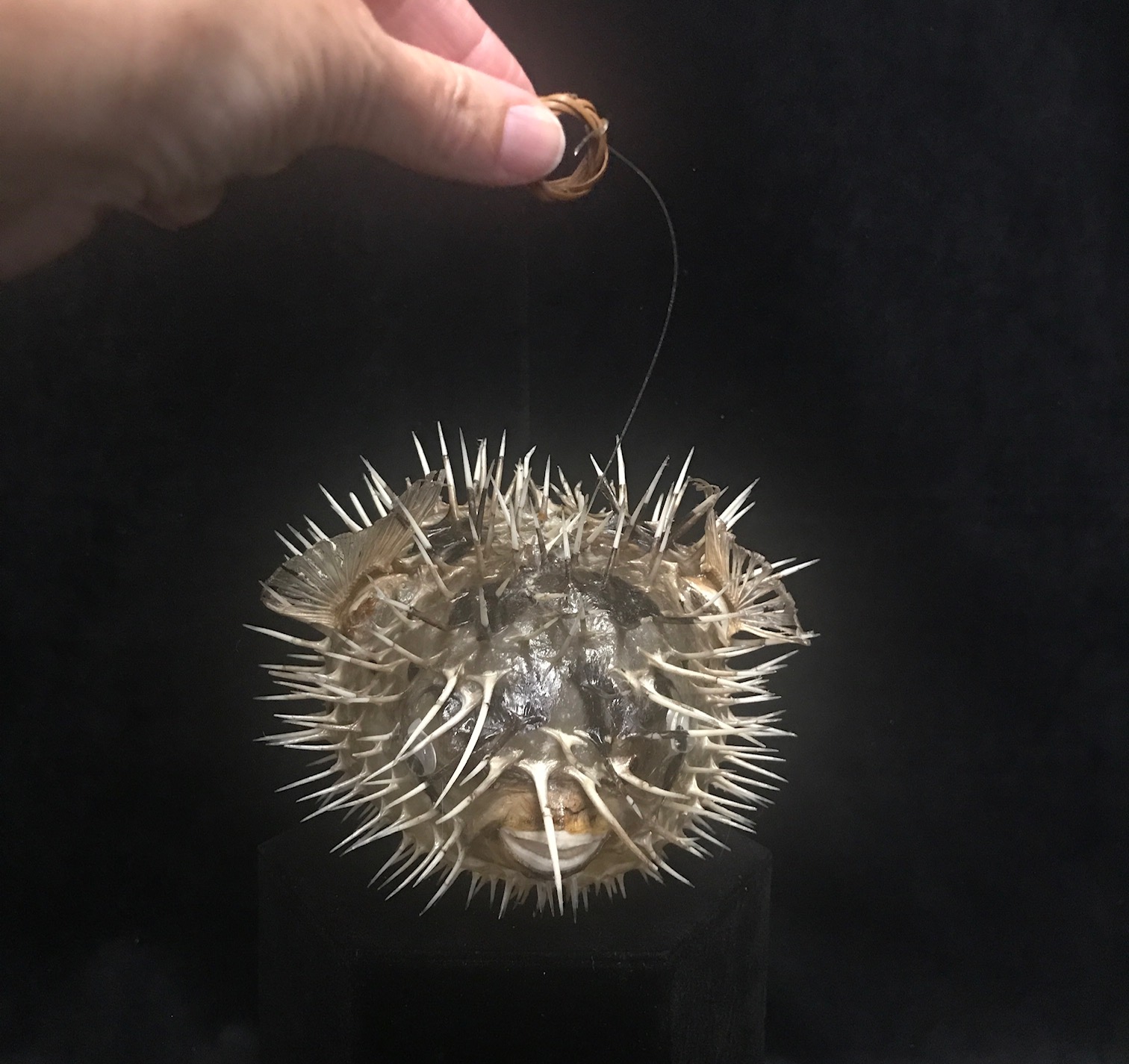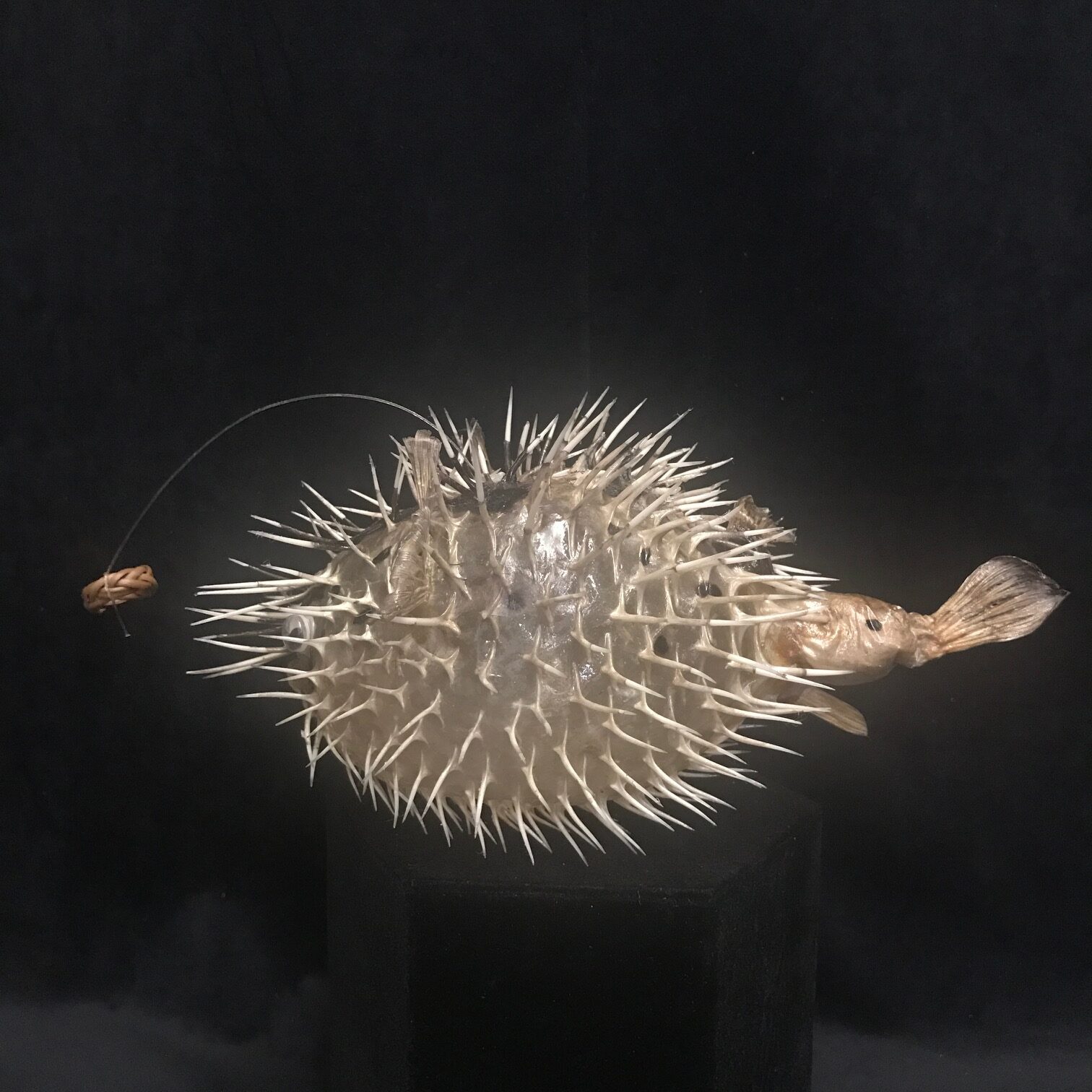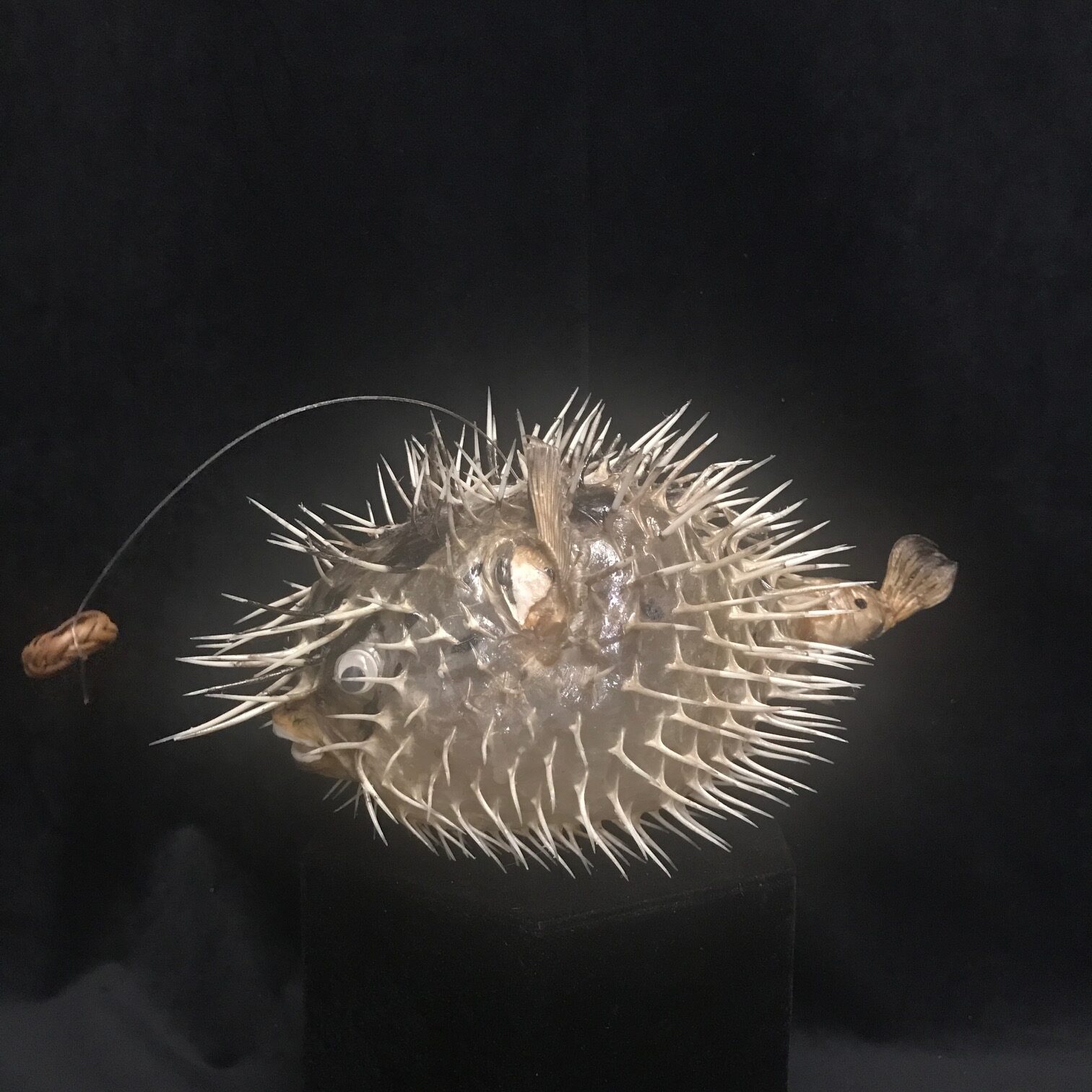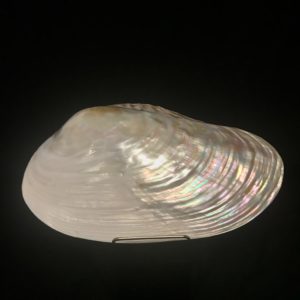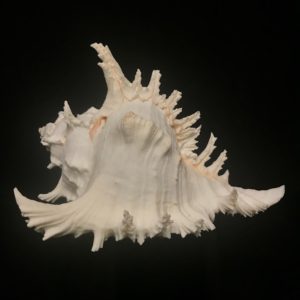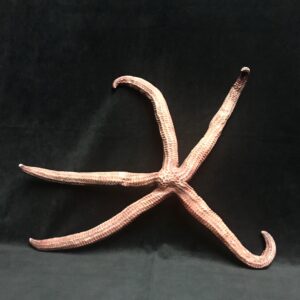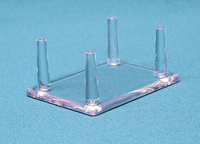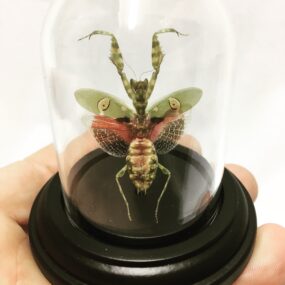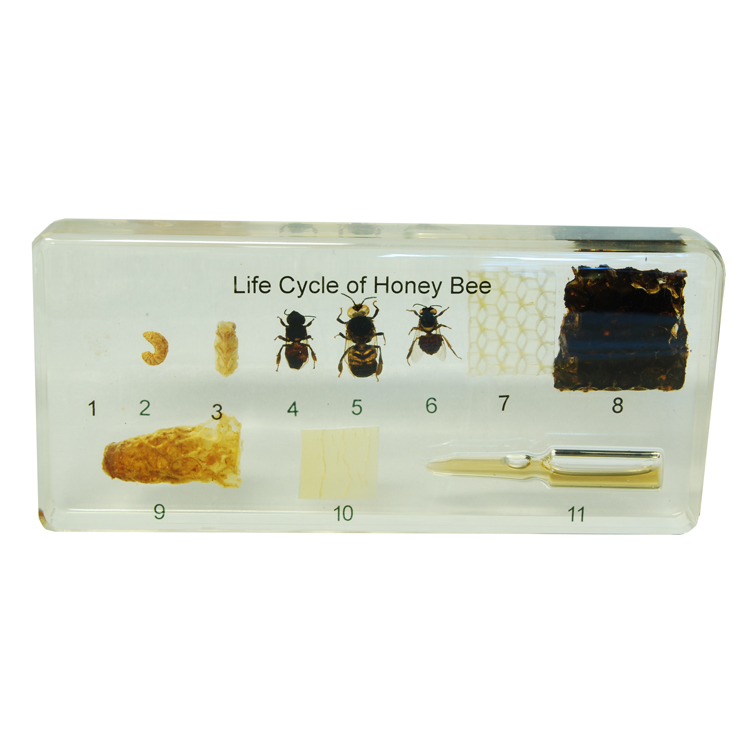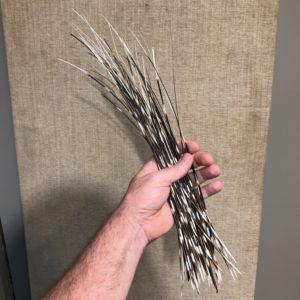Description
Biologists think pufferfish, also known as blowfish, developed their famous “inflatability” because their slow, somewhat clumsy swimming style makes them vulnerable to predators. In lieu of escape, pufferfish use their highly elastic stomachs and the ability to quickly ingest huge amounts of water (and even air when necessary) to turn themselves into a virtually inedible ball several times their normal size. Some species also have spines on their skin to make them even less palatable.
Almost all pufferfish contain tetrodotoxin, a substance that makes them foul tasting and often lethal to fish. To humans, tetrodotoxin is deadly, up to 1,200 times more poisonous than cyanide. There is enough toxin in one pufferfish to kill 30 adult humans, and there is no known antidote.
Pufferfish range in size from the 1-inch-long dwarf or pygmy puffer to the freshwater giant puffer, which can grow to more than 2 feet in length. They are scaleless fish and usually have rough to spiky skin. All have four teeth that are fused together into a beak-like form.
This specimen is approximately 8 3/4 inches long and approximately 6 inches wide. You will receive the specimen pictured, or one very much like it.


